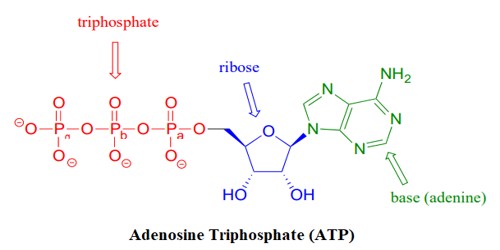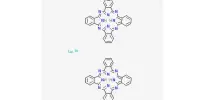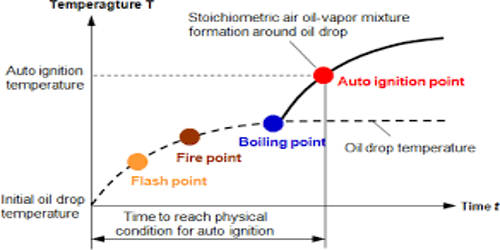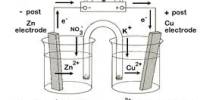Adenosine triphosphate (Commonly known as, ATP) is a nucleotide used in cells as a coenzyme. It is an important extracellular signaling molecule. It is considered by biologists to be the energy currency of life. It is often called the “molecular unit of currency”: ATP transports chemical energy within cells for metabolism. It is a central metabolite that plays fundamental roles as an energy transfer molecule, a phosphate donor, and a signaling molecule inside the cells. ATP also plays an important role in the synthesis of nucleic acids.
Every cell uses ATP for energy. It is a complex organic chemical that provides energy to drive many processes in living cells, e.g. muscle contraction, nerve impulse propagation, and chemical synthesis. It consists of a base (adenine) and three phosphate groups.
Structure
In terms of its structure, ATP consists of adenine attached by the 9-nitrogen atom to the 1′ carbon atom of a sugar (ribose), which in turn is attached at the 5′ carbon atom of the sugar to a triphosphate group. One molecule of ATP contains three phosphate groups, and it is produced by ATP synthase from inorganic phosphate and adenosine diphosphate (ADP, the di meaning two phosphate groups) or adenosine monophosphate (AMP).

Usage
- The ATP molecule is very versatile, meaning that it can be used for many things. Energy is stored in its chemical bonds.
- When ATP binds with another phosphate, energy is stored that can be used later. In other words, when a bond is made, energy is stored. This is an endothermic reaction.
- When ATP breaks a bond with a phosphate group and becomes ADP, energy is released. In other words, when a bond is broken energy is released. This is an exothermic reaction.
- The ATP phosphate exchange is a nearly never-ending cycle, stopping only when the cell dies.
- ATP acts as a neurotransmitter in both peripheral and central nervous systems.
Functions in cells
ATP is the main carrier of energy that is used for all cellular activities. ATP is the main energy source for the majority of cellular functions. This energy powers all reactions that take place inside the cell. The energy is used for all the processes which keep the organism alive. This includes the synthesis of macromolecules, including DNA and RNA (see below), and proteins. ATP also plays a critical role in the active transport of macromolecules across cell membranes, e.g. exocytosis and endocytosis. This special carrier of energy is the molecule adenosine triphosphate or ATP.
















